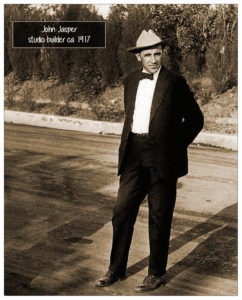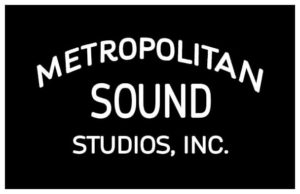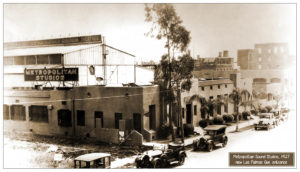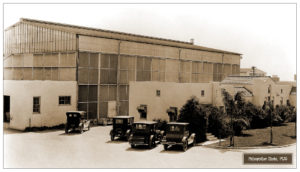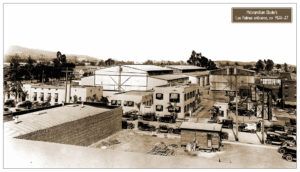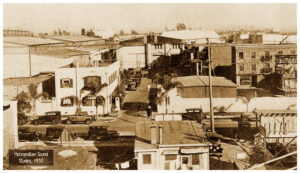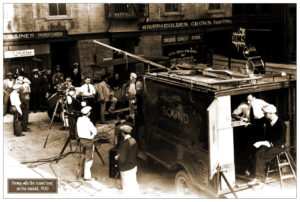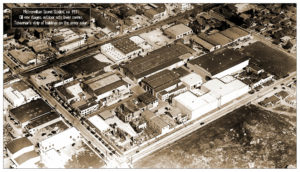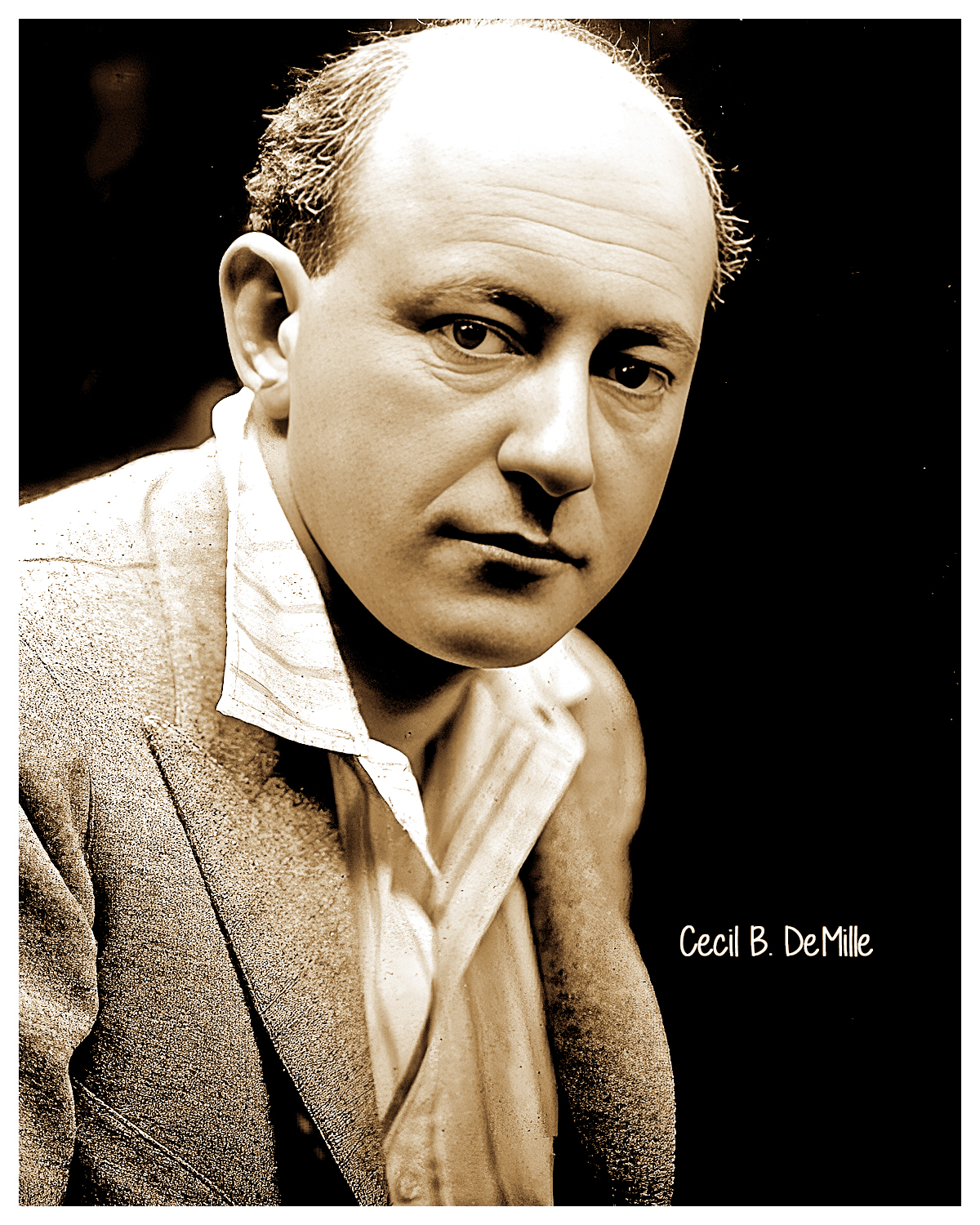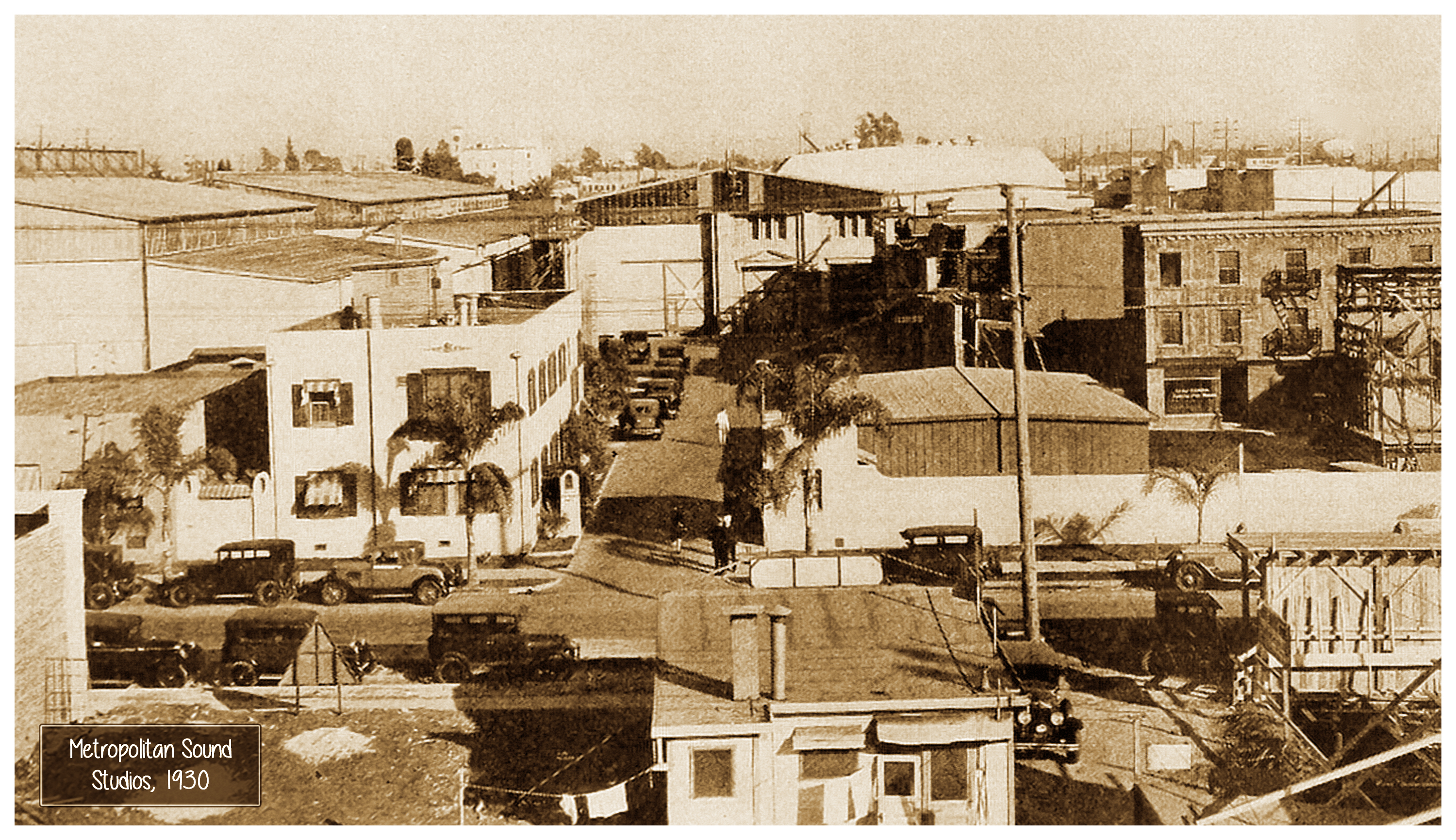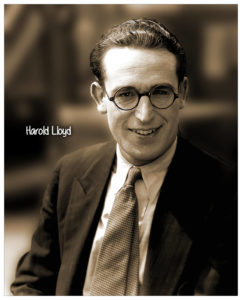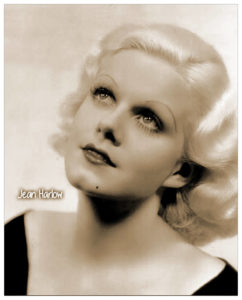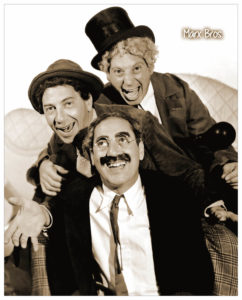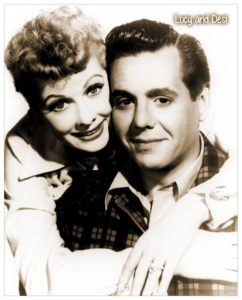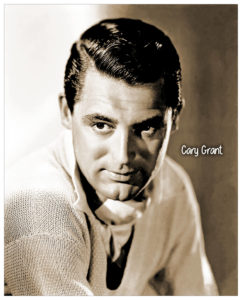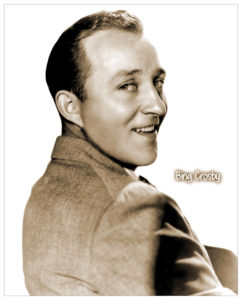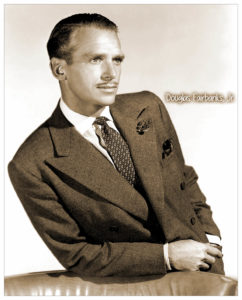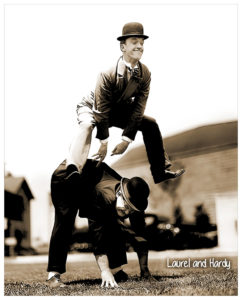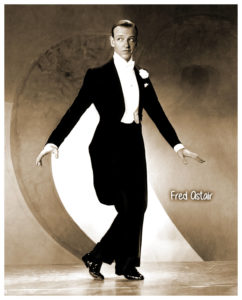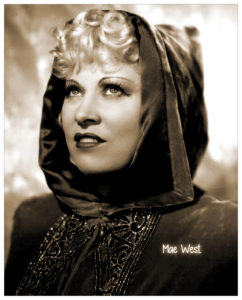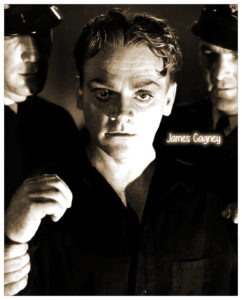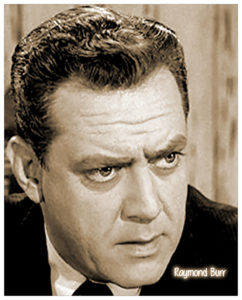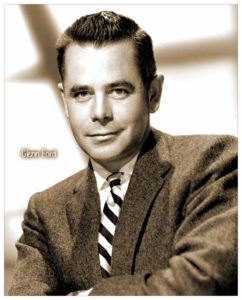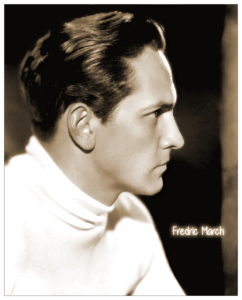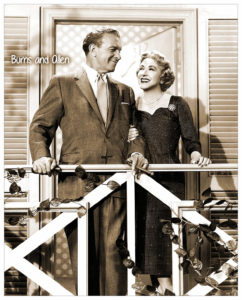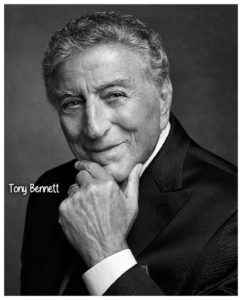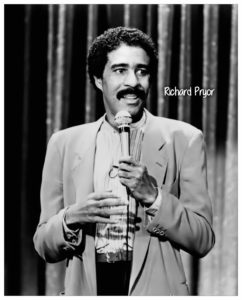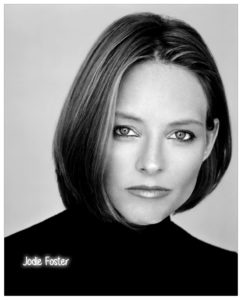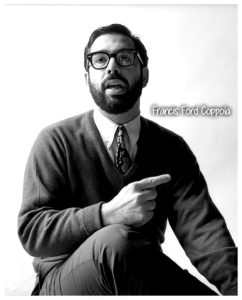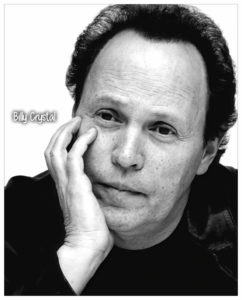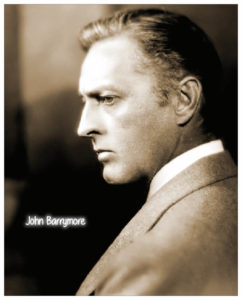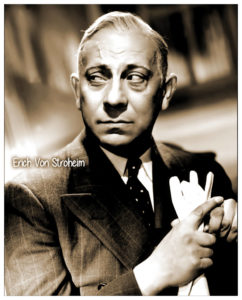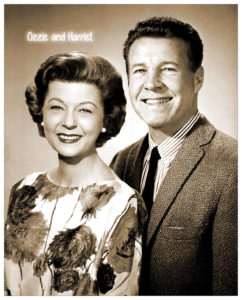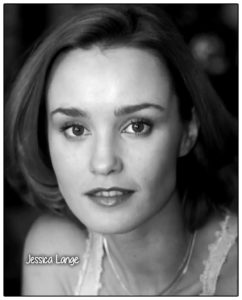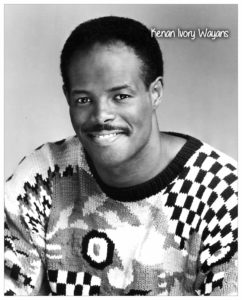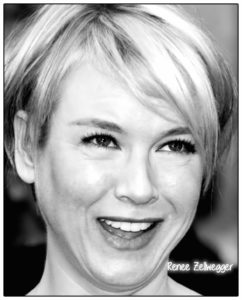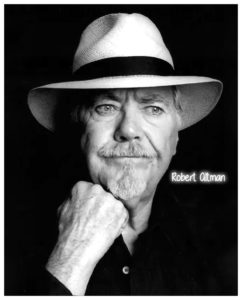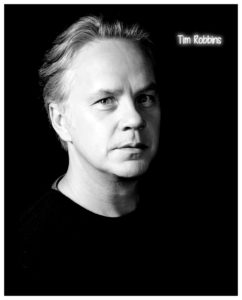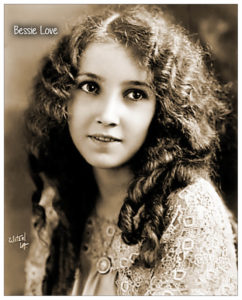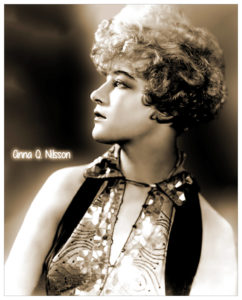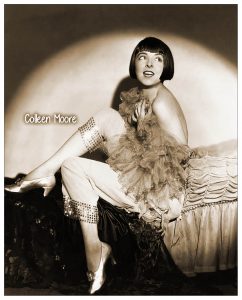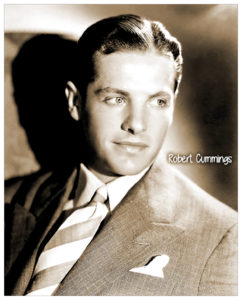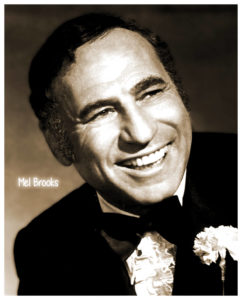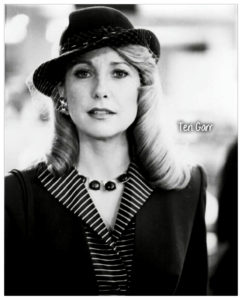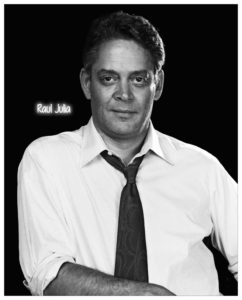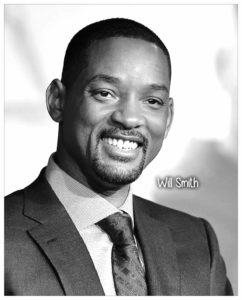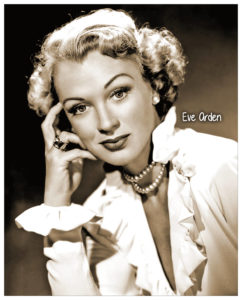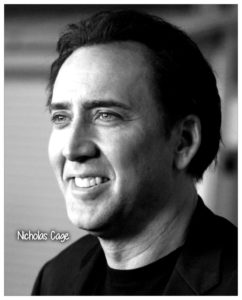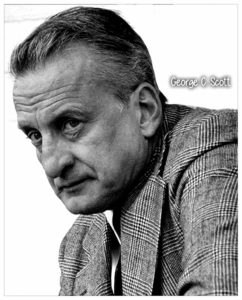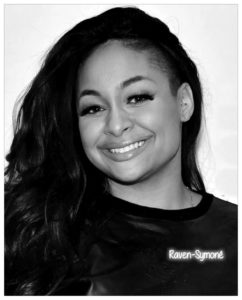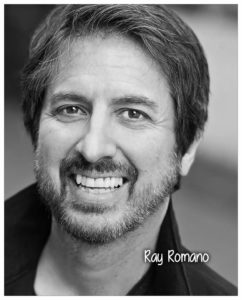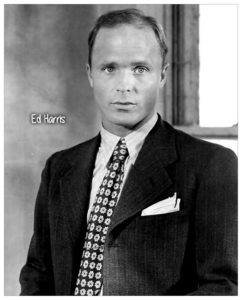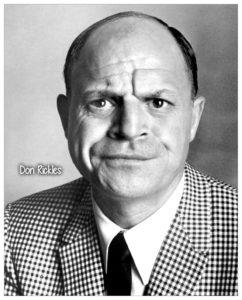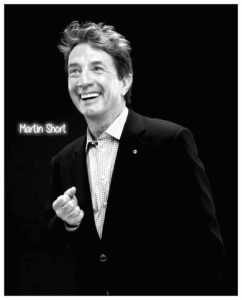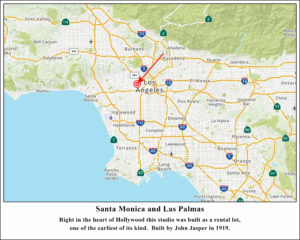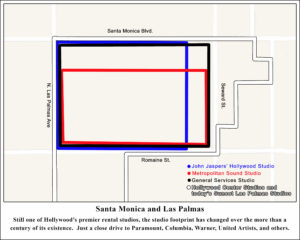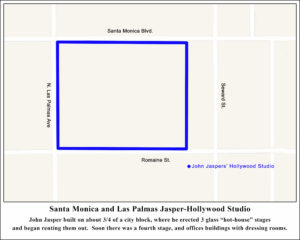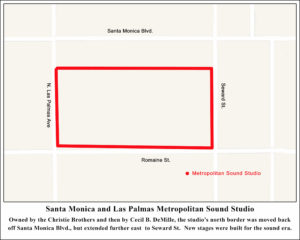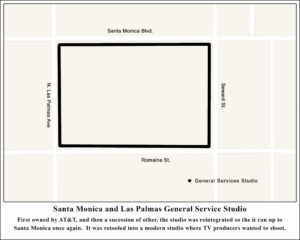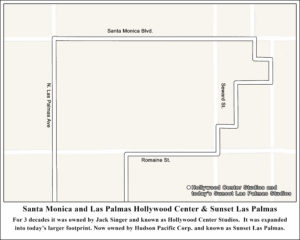Santa Monica Blvd. and Las Palmas Ave.
A Premier Hollywood Rental Studio
Built in 1919 and known as
Hollywood-Jasper Metropolitan Sound Christie Comedies General Services
American Zoetrope Hollywood Center Sunset-Las Palmas Hollywood National 204 Studios
Harold Lloyd Cecil B. DeMille Howard Hughs George Burns Lucy and Desi Francis Ford Coppola
click to enlarge
Hollywood-Jasper Studio
Hollywood Studio
6642 Santa Monica Blvd.
1919-1925
One of the industry's first purposefully built rental studio lots.
Early in the business, most studios were built so a producer or a director or a star would always have a place to make their movies. Moviemakers who didn't have a studio would beg, borrow, or rent what they could when they could. John Jasper, a veteran of the business, reasoned that if he built a studio whose facilities were available for rent and well stocked with all the supplies a movie might need, that he could make some money renting out to independents who needed a studio, a stage, or an office only occasionally.
The year was 1919. The studio was known as Hollywood Studio or Hollywood-Jasper Studio. John Jasper, who spent 13 years working as a designer for Charles Chaplin and helped Chaplin build his iconic studio on La Brea Ave. just a year earlier, built Hollywood's first rental studio.
Jasper bought a large 12.5-acre parcel of land in the heart of Hollywood, (as well as another unused 8.4-acre parcel) and built three glass and cloth enclosed studio stages and a row of offices and dressing rooms.
The lot was surrounded by several other studios including Metro Pictures, located four blocks to the east, and the brand new Pickford-Fairbanks Studio just 8 blocks to the west up Santa Monica Blvd.
Even though the property covered a large area, Jasper built on just the center portion of the property. Of the original acreage, Jasper actually built on just over 9 acres (the studio footprint measuring 686.83 feet along Santa Monica Blvd. and 586.33 feet deep, for those interested in this kind of detail). Eventually, it would fill out the entire block and more, and the western portion would be sold off.
The "hothouse" stages measured 70' by 120', and the row of bungalows faced Sanat Monica Blvd. A fourth stage was quickly added and a backlot area for outdoor sets was created at the rear of the studio grounds with "New York" style streets, a Spanish village, and an "Americana" area.
John Jasper never produced his own films here but ran it as a rental studio. His studio manager was Charles E. Toberman, who would later become a huge Hollywood real estate magnate and was nicknamed "the father of Hollywood." Toberman actually owned the strip of the studio that fronted on Santa Monica Blvd. which played a key role in the studio's history.
Jasper's biggest tenant was famous comic Harold Lloyd who, in 1923 broke with his boss, Hal Roach. Lloyd wanted to take control of his productions and own his films. He became his own boss and based himself at Hollywood Studio (and its successors) for the rest of his career. The center stage of the three and the main administration building became Lloyd's base of operations for years to come.
In February 1923 John Jasper sold his interest in Hollywood Studio to the owners of Standard Film Laboratories and became the general manager of Sol Lesser's Principal Pictures Studio up Santa Monica.
In 1924 venerable producer, B.P. Schulberg, who discovered Clara Bow, bought the controlling interest in Hollywood Studio. He brought his company, Preferred Pictures Corp., to the lot.
Metropolitan Sound Studios
Christie Brother's Hollywood-Metropolitan Studios
Metropolitan Sound Studios
1040 N. Las Palmas Ave.
1925-1931
By this time mergers and mega-mergers were becoming normal...and would continue to be a normal part of the film industry.
The Christie Brothers
In 1925 Al and Charles Christie bought the studio from B.P. Schulberg. They initially named it after one of their existing companies, calling it Hollywood Metropolitan Studio. However, The Christies did not buy the whole property. Charles Toberman kept his Santa Monica Blvd. property for himself, cutting off the studio from its entrance, where he built a row of retail storefronts, many of which still stand today.
The Christie Brothers were already well known. They were true Hollywood pioneers. Along with David Horsley, they founded Hollywood's very first studio, Nestor Studio at Sunset and Gower. The acquisition of Hollywood Studio gave them two properties both within a couple of miles or so of one another.
Their plans were simple: they needed more production space.
In roughly early 1926 the Christies paved their portion of Las Palmas and situated both the pedestrian and auto entrances there, where still remains today. They took on the address 1040 N. La Palmas Ave., which is still the official studio address. During this year ground was broken on metropolitan's first actual sound stage, one of the first in Hollywood.
Enter Cecil B. DeMille
When we hear the name, we get an image in our minds. For good or bad, we know the name and reputation.
DeMille was one of the founders of what would become Paramount Pictures. He produced Hollywood's first feature-length film, The Squaw Man. He was the king of the spectacle: King of Kings. The Ten Commandments. Famous producer and director, and recently studio owner, having bought Tom Ince's Culver City Studio after Ince's death. Now, he needed more studio space, and wanted to enter the coming sound era.
DeMille came in with his production and distribution team, and his partners, the venerable and powerful Pathé American Company. and the newly formed RKO Radio Pictures (who has recently taken over the FBO Studios on Gower) bought out the Christie Brothers' 49% interest in the studio (and were the managing partners). However this involved only the studio and the company, the real estate remained in the hands of the Christies.
The year was 1927, and the new owners tore down nearly everything and proceeded to build a modern, state-of-the-art sound-enabled production facility, prepared to compete in the new "talkie" era. The name was changed to Metropolitan Sound Studios. It now bore absolutely no resemblance to John Jasper's "hothouse" Hollywood Studio.
During this time dilettante millionaire, Howard Hughs formed Cado Pictures and shot a few movies at Hollywood Studio. Hughs became a tenant in 1930, where he produced what has become a controversial epic Hell's Angels, the first film of beauty Jean Harlow. He also produced a number of failed and unreleased films. Later he would buy RKO Studio and drive it into the ground.
The Return of the Christies
It is 1929-30. In a transaction that I have yet to be able to completely unwind, it appears that either the DeMille/Pathé/RKO combine abandoned the lot, or sold their interest back to the Christies. Remember, the Christies still owned the real estate and maintained an interest in the studio. DeMille was de facto out of the combine and wanting to liquidate his interests with plans to move onto the MGM lot as an independent producer. RKO was in the process of buying Pathe's Culver City studio (which they bought from DeMille) as Pathé was shrinking its holdings.
In addition to Metropolitan Pictures, and Christie Comedies they also owned another company called Metropolitan Sound and Christie Properties, the holding company for their real estate. They held an interest and helped finance Mack Sennett's new Studio City studio, which became a part of the merger. It appears to be a move to reacquire the Metropolitan Studio and to simplify all of their interests into one company. They merged Chrisite Comedies with Metropolitan Sound, Christie Properties, Metropolitan Pictures into a new corporation named Metropolitan-Christie Pictures Corp. They renamed the studio Metropolitan Sound Studios. There were as many as 6 other companies involved in the reacquisition of the studio, including Educational Pictures and General Services Studios.
The Christie Brothers File for Bankruptcy
In one of those weird twists of fate, or as is the standard operating procedure in Hollywood, the Christies began to struggle financially and, in an agreement with their creditors, all of their assets absorbed by the creditors in receivership. In 1932 the studio passed from their ownership. Though they didn't own any of their studios or companies, they continued in the business taking employment with other companies.
Ma Bell Steps In
In 1932 General Service, Inc. bought the studio from the Metropolitan and Christie receivers. General Service was not a well-known name but would play a big part in the development of rental studios in Hollywood.
AT&T was the nation's monopolistic phone company. Western Electric was their subsidiary that produced their equipment. Western Electric was heavily involved in making sound equipment that made the movies "talk," supplying many of the existing studios, including Metropolitan Sound Studios (through their involvement in the development of Vitaphone for Warner Bros.). In order to avoid a potential anti-trust situation (it didn't work), AT&T transferred ownership of the studio to General Service who was the subsidiary that acquired "things" for AT&T and Western Electric. The studio was renamed (of course) General Service Studio.
The Management Decision
that Saved the Studio
and Transformed the Industry
That headline may be a little overly dramatic, but it may be true. It would have been business as usual except for the Nasser Brothers' farsighted vision of creating an environment that catered to a television-style of production., which was different from the way films were made. Their needs were different, from lighting, to set placement, to supplies used, and the need for control rooms where the director sat and camera operations were centered.
James, George, and Ted Nasser, 3 of 7 siblings whose family owned and managed a chain of 138 Bay Area theaters, were first hired to manage the studio. They then bought it in 1950.
The Nassers transformed General Service Studio into the place that television producers wanted to base their productions. During the 50s and 60s, General Service was one of the most state-of-the-art television centers in the world, and the studio was always hopping with activity. Under the Nassers the studio was a center of Hollywood television production shooting many popular TV show.
In 1928 General Service Studio broke ground on Stages 1 and 2, built completely from the ground up, employing new state-of-the-art design methods with the aim of completely isolating the studio from ambient noise from the outside world, making it suitable for sound recording. In 1929 the studio officially became Metropolitan Sound Studios. Stage 2 would later become the famous Desilu Playhouse where the iconic and pioneering show I Love Lucy was shot from 1951 to 1953.
Along with the purchase of the Metropolitan real estate, they apparently also bought the Toberman strip along Santa Monica, reintegrating the property into a much larger footprint than any previous. It extended to cover the entire block between Santa Monica and Romaine, and Las Palmas and Seward. They started another building frenzy, adding new stages while upgrading others.
Later General Service would buy the Educational Studios up the block on Santa Monica and other film properties, adding to their studio holdings.
While under AT&T control, the studio was considered a top rental studio and a place where many independent producers for stage and backlot space. Additionally, larger companies used the studio for overflow when their own studio was at capacity.
In 1941 the federal government forced AT&T to sell General Service to settle an anti-trust action. Two bidders, both independent producers, started a bidding war. Edward Small, who was based at the studio, eventually lost out to Benedict Bogeaus, who actually didn't produce the highest bid, but won by promising that the government could use the studio without charge to produce propaganda films for the war effort. The purchase did not include AT&T's Educational lot.
The Bogeaus era.
Benedict Bogeaus was a business person. He started a string of successful businesses and landed in Hollywood in 1940.
The Bogeaus reign at General Service Studio was a very fruitful one for the studio. As the 1950s approached and the industry began to transition to television (much as it had done for sound), Bogeaus updated the stages and production facilities. Bogeaus put the company in the management hand of three brothers: James, George, and Ted (not to be confused with the Nassosur Brothers, who were also studio owners).
In July of 1946, William Cagney, brother of famous actor James Cagney, bought a 20% interest in the studio, and the Cagneys brought their independent production company onto the lot. In 1947 Cagney and Bogeaus began to sell their interests to their managers, the Nasser Brothers and by 1950 the Nassers were in full ownership. Benedict Bogeaus went on to a successful career as an independent producer of low-budget films.
The Nasser Bothers
It was 1950. Movies were facing stiff competition from the new entertainment: television. The studios were not in a hurry to embrace TV, and banned television production from their studio lots. Television represented an ongoing threat. But box office revenue fell as more and more people stayed at home to watch the new entertainment, many of the studios tried to market and "gimmick" their way out. Widescreen formats, 3D, "smell-o-vision." and, of course, color. It didn't make a difference. TV was here to stay and gaining ground. Some studios started to license their movies to TV to take advantage of their huge libraries.
The wise studios took a different approach. One such studio was General Service under the Nasser Brothers. Wanting to position themselves for television production, they reengineered their studios to create an environment geared specifically for television.
The Nassers were able to attract the newly formed Desilu Company. Desi Arnaz needed a place to create a concept that had never been seen in the industry. He needed a studio that could hold audiences, could support multiple sets all oriented toward that audience, and could be changed quickly. They needed space to set up three cameras at once and a control room where they could change shooting between the three cameras at a snap. The Nassers completely rebuilt two stages to meet Desi's needs and history was made. Desi Arnaz invented the "three-camera sitcom" technique that is still used to this day. This show was, of course, I Love Lucy. Desi also set up their other sitcom, Our Miss Brooks, starring character actress Eve Arden, on the lot and based Desilu here until he bought his own studio in 1953.
Other shows shot at the Nasser run General Service Studio included Ozzie and Harriet starring bandleader Ozzie Nelson and his family, Burns and Allen with (of course) George Burns and Gracie Allen, from 1959-1951 Perry Mason with Raymond Burr as the iconic criminal lawyer, The Beverly Hillbillies, Petticoat Junction, The Addams Family, and Green Acres. That is only a partial list
George Burns kept an office on the lot and went to the office every day of his working life until the day he died in 1999 at the age of 100.
Movie production was not forgotten. General Service Studio remained a popular base of operations for small, independent production companies throughout the Nasser ownership.
Hollywood General Studios
1040 N. Las Palmas Ave.
1976-1979
The very short-lived next iteration was Hollywood General Studios bought by Ellison Miles and his Miles Productions in the winter of 1976. Though produced elsewhere, the lot's claim to fame was the occasional use by Universal of stage space for The Rockford Files starring the ever-popular James Garner and Baretta, with the controversial Robert Blake. Indoor shooting for the big Warren Beatty production of Shampoo used stages at Hollywood General. Otherwise, there was little of note shot here during this short ownership.
American Zoetrope
1040 N. Las Palmas Ave.
1980-1984
For a very brief time, Oscar-winning producer and director Francis Ford Coppola owned this studio and named it after his San Francisco production company, American Zoetrope. His plan was to try to resurrect the "star system" by placing high valued actors under exclusive contract. He began with Teri Garr and Raoul Julia and product the ill-fated One From the Heart. Unfortunately, he experienced huge cost overruns and the box office was less than successful, putting his entire plan in immediate jeopardy. Even though he had a larger slate of films, he never recovered financially, and to avoid bankruptcy he sold the studio.
1040 N. Las Palmas Ave.
1984-2017
A chance meeting between Francis Ford Coppola and Canadian real estate investor Jack Singer, caused Singer to invest in Coppola's productions. He put $3 million into One From the Heart. The film was a box office failure and was far over budget. Even though Singer lost money he developed an interest in the movies.
Meanwhile, Coppola's financial troubles began to pile up and he went into receivership. It appears that Jack Singer saw an opportunity to stick it to Coppola and exact revenge. When given the opportunity to buy the studio, Singer took the plunge and made an offer of $12.3 million to Coppola's creditors. As he was the only bidder, they accepted and the deal was close in 1984. In Coppola's mind, Singer "stole" his studio and he sewed Singer, settling for an undisclosed amount out of court. Apparently, Coppola carries a grudge to this day.
Jack Singer renamed the studio Hollywood Center Studios and the Singer reign proved to be the longest tenure of ownership in the studio's long history, over three decades.
Alan Singer, Jack's brother, and Tim Mahoney were responsible for day-to-day activities.
An interesting little carve-out
from the main studio

1043 N. Seward St.
1980s-present
I discovered this little studio while making rounds as a studio employee in Hollywood in the mid-1980s after Coppola sold the studio. It had the appearance of being there a while and begins showing up on maps in the early 1980s. It consisted of two very small ramshackle sound stages and some office space that joined them, and an old wooden hand-painted sign that read Hollywood National Studios. The tiny studio was carved out of a small section of the Hollywood Center lot on the east side of the property. It had the look of a place that shot low-budget commercials and music videos.
This little studio is now called 204 Studios and still sits on the ground belonging to the larger studio, now called Sunset Las Palmas Studios.
How did this little studio come about? I do not know who or how, or exactly when.
The Singers invested millions in retooling and upgrading the facilities, bringing in HD and digital production capabilities (camera packages, control rooms, editing bays, lighting packages), and provided high-speed internet across the lot. They installed Hollywood's largest solar array at the time providing renewable, environmentally friendly power to the lot. The stages were upgraded to the latest production standards. Hollywood Center Studios was considered the most state-of-the-art studio in Hollywood, all to provide the highest quality, most cost-effective facilities to attract the latest television and digital movie productions.
During their time at Hollywood Center, the Singers were instrumental in the revitalization of Hollywood film production. Hollywood Center was bright and shiny, and modern.
The studio's sweet spot was the weekly sitcom three-camera shoot. Many low-budget shows with a small cable or internet audience were shot here. That is not to say that bigger-budget shows and movies were not shot here. Of course, they were. But the bigger-budget network shows were generally shot at one of their facilities or that of their parent company.
Jack Singer died in February of 2013, and it appears that after three decades the Singers lost interest The studio began to look a little long in the tooth.
Hundreds of familiar productions were shot on the Hollywood Center lot. The included Oscar-winning La-La-Land, the Tim Robbins starring The Player, The Fresh Prince of Belaire starring Will Smith, Everybody Loves Raymond, the Raul Julia/Angelica Huston version of The Addams Family (like the original decades earlier), the Billy Crystal, Meg Ryan film When Harry Met Sally directed by Rob Reiner, The Coen Brothers' Barton Fink, That's So Raven,and many, many more.
1040 N. Las Palmas Ave.
2017-Present
There is a new gun in town.
Actually, there are several new guns, and one of them bought this studio in 2017. Hudson Pacific Properties has become Hollywood's biggest holder of rental studio properties. Years earlier they bought the old Columbia Pictures Studio at the corner of Sunset Blvd. and Gower St. The studio had been rebranded Sunset Gower Studios, and when Hudson Pacific bought, they kept the name. A few years later they bought the old Warner Bros. Studio at the corner of Sunset and Bronson St. They promptly rebranded it Sunset Gower Studios. Both properties underwent extensive renovations. Stages were upgraded, New buildings were built on the lot. And even with all the upgrading, they kept the traditional Hollywood look and feel of the studios.
So, when Hollywood Center Studios became available, it became a natural purchase for the expanding studio holder. And, like the other two properties, they made extensive renovations at Sunset Las Palmas, but the character of the studio was not lost.


